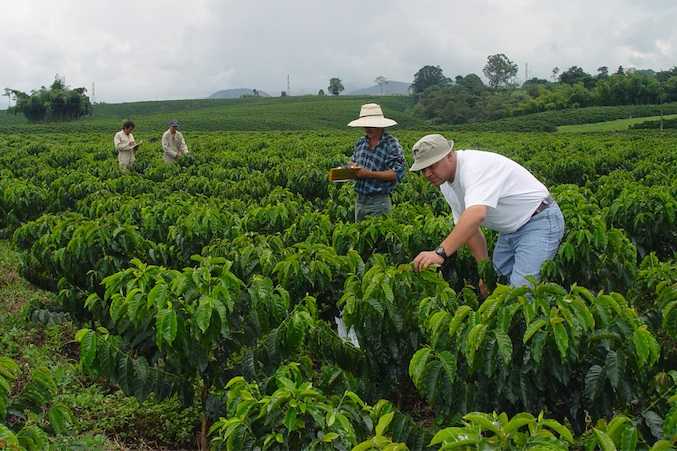BOGOTA, Colombia — Thanks to development of varieties that are resistant to diseases such as rust by the National Coffee Research Center (Cenicafé), scientific arm of the FNC, Colombian coffee growers save over 200 million dollars a year.
This significant saving is reflected in lower use of sanitary control products, less daily wages to apply them and non-use of spraying equipment, among others, contributing to improve profitability of producers.
Development and use of resistant varieties makes Colombian coffee farming more competitive, because they shield it from rust epidemics like the one that recently affected producing countries in Central America.
“If one thinks about how much Colombian coffee growers save with the advantages of resistant varieties, we are talking about over 200 million dollars a year”, said Hernando Duque, the FNC Chief Technical Officer.
Almost 700,000 hectares planted with rust-resistant varieties
In Colombia there are currently 698,000 coffee hectares (77% of the total area) planted with rust-resistant varieties, which in the laboratory have also shown resistance to the Coffee Berry Disease (CBD), which fortunately has not arrived in the country.
“It is important to highlight that rust-susceptible coffee varieties, such as Caturra, Típica, and also the so-called Catimores, even with good control, involve the risk of losses, since Colombia, for its climate and geographical location, features very favorable conditions for development of rust epidemics,” Duque added.
And although there are hardly over 200,000 hectares planted in susceptible varieties in Colombia, the FNC’s call on producers is to continue relying on the Extension Service, participate in technical tours and visit participative research plots (IPAs) to see, through examples and actual demonstrations, the applicability of developments by Cenicafé.


















